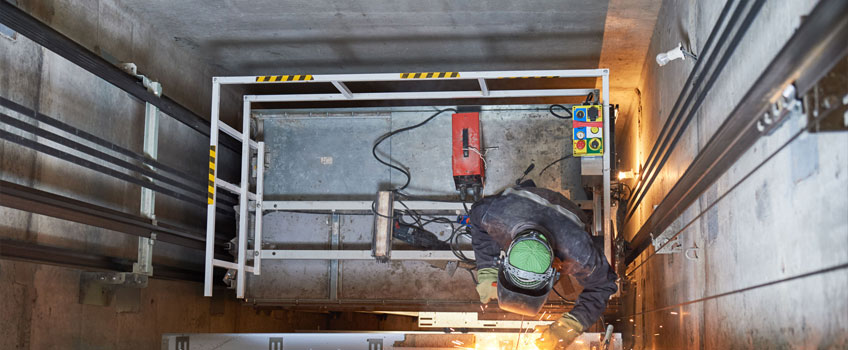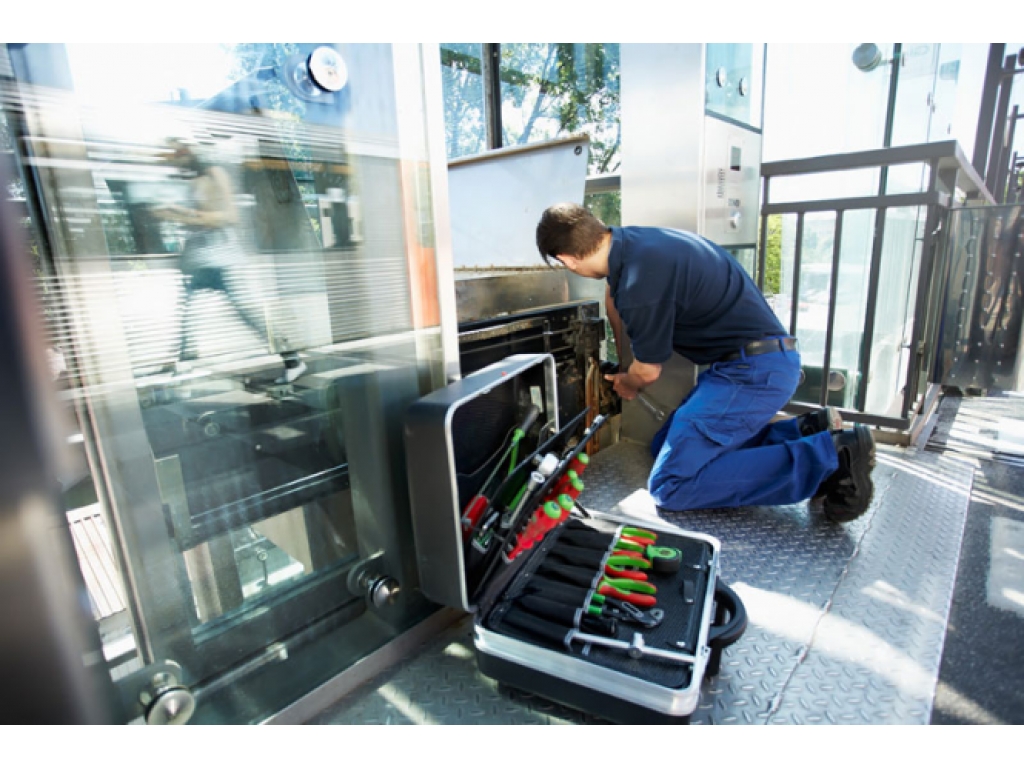Boost Your Solution: Picking Lift Maintenance Services and Repair Companies Near Me
Boost Your Solution: Picking Lift Maintenance Services and Repair Companies Near Me
Blog Article
Comprehensive Guide to Lift Systems and Their Maintenance
Navigating the intricate globe of elevator systems and their maintenance is a task that demands accuracy and knowledge. From the different kinds of elevator systems in operation to the precise adherence to safety regulations, the maintenance of these vertical transport devices is a complex venture. As buildings rise greater and technology advances, the requirement for an extensive understanding of elevator systems ends up being significantly critical. Join us as we decipher the intricacies of elevator maintenance, discovering common concerns, finest methods, and advanced innovations that form the contemporary landscape of upright transport.
Types of Lift Solutions
The most common kinds include hydraulic elevators, grip lifts, machine-room-less elevators, and vacuum cleaner elevators. Hydraulic lifts are ideal for low-rise structures and utilize a hydraulic piston to move the elevator car. Machine-room-less lifts are a space-saving alternative as they do not require a separate maker space for the lift equipment.
Each kind of lift system has its own advantages and disadvantages, making it critical for building owners and designers to meticulously consider their details requirements before picking the most appropriate option. Aspects such as developing elevation, room availability, power effectiveness, and spending plan restrictions all play a significant duty in determining the very best elevator system for a specific building.
Usual Upkeep Concerns
Routine upkeep of elevator systems is crucial to ensure smooth procedure and lengthen their life expectancy. Despite routine upkeep, elevator systems can still come across typical maintenance issues that need to be without delay addressed to avoid disruptions in solution. Among one of the most constant issues is door malfunctions. Lift doors may obtain misaligned, resulting in issues with opening and closing properly. This can create hold-ups and safety risks, requiring immediate focus from upkeep technicians. Another typical issue is associated with the lift's leveling precision. If the lift does not straighten appropriately with the floors, guests may experience tripping risks and pain. Furthermore, issues with the control system, such as sensor issues or electric concerns, can cause the lift to breakdown or stop working entirely. Routine examinations and positive upkeep can assist identify and fix these typical maintenance issues before they escalate and impact the overall efficiency of the elevator system.
Safety Regulations and Conformity
Adhering to rigorous safety and security guidelines browse around this site and ensuring compliance with market criteria are extremely important for preserving the operational integrity of elevator systems. Elevators are subject to a detailed collection of security regulations to safeguard guests, upkeep employees, and the public. Regulatory bodies such as the Occupational Security and Health Administration (OSHA) in the United States and the European Lift Organization (ELA) in Europe develop guidelines that cover various elements of lift layout, installation, operation, and upkeep.
Compliance with these laws is not just a legal demand but additionally an ethical obligation for building proprietors and lift maintenance business. Regular assessments, upkeep checks, and adherence to safety protocols laid out in the laws are necessary to make sure the effective and safe operation of elevator systems.
Finest Practices for Maintenance

Structure owners must likewise take into consideration investing in modernization upgrades to enhance the effectiveness and security try this site of their elevator systems. By following these ideal techniques, lift systems can run smoothly and safely, providing reliable vertical transportation for passengers.

Advanced Technologies for Effectiveness
Carrying out cutting-edge innovations in elevator systems can considerably enhance functional efficiency and passenger experience. These systems permit travelers to input their preferred flooring before getting in the lift, which then routes them to the most effective car.
Additionally, the integration of smart sensors and predictive upkeep abilities has reinvented lift maintenance. These sensing units can spot prospective concerns prior to they escalate, making it possible for positive upkeep interventions and lessening downtime. Additionally, making use of regenerative drives and energy-efficient parts helps in reducing power intake and operating expense in lift systems.
Moreover, the implementation of cloud-based surveillance and remote diagnostics permits real-time monitoring of elevator performance and immediate troubleshooting of any type of malfunctions. This positive approach not just boosts system dependability but additionally enhances the overall user experience by guaranteeing uninterrupted and smooth elevator procedures.
Conclusion
Finally, understanding the different kinds of elevator systems, typical maintenance issues, security regulations, finest maintenance practices, and advanced modern technologies for effectiveness is crucial for making sure the smooth procedure of elevators. By adhering to security laws and executing finest practices for upkeep, building owners can prolong the lifespan of their elevator systems and guarantee the security of passengers. It is necessary to remain updated on the most up to date innovations in lift modern technology to enhance performance and reliability.
The most imp source common kinds include hydraulic elevators, traction elevators, machine-room-less lifts, and vacuum elevators. Hydraulic lifts are perfect for low-rise buildings and use a hydraulic piston to relocate the elevator car. Machine-room-less lifts are a space-saving choice as they do not require a different equipment room for the lift machinery. Routine inspections and positive upkeep can aid determine and deal with these usual upkeep concerns before they rise and influence the general efficiency of the elevator system.

Report this page